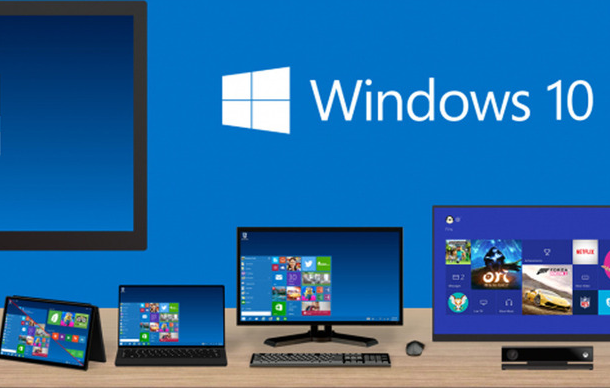Dealing with Common Windows 10 Issues
With the arrival of Windows 10, came concerns with issues that can arise when you update. The download changing from ‘optional’ to ‘recommended’ means that you could end up with Windows 10 without your permission. With this possibility, comes the need to be aware of common problems that may occur.
Recently, Microsoft announced that Windows 10 would start automatically downloading onto computers that are running Windows 7 or Windows 8. This means that you could suddenly be using Windows 10 one day, without any idea how to use it or the issues that occur.
Almost all of our clients use Windows and many have spoken about the unwanted interupptions to their work caused by the agreesive update policy. Some have even experienced problems wiith their new operating systems.
Windows 10 is good, many consider it very good, but there are still cobwebs that need to be cleaned out, and this can lead to serious issues with your computer. It is worth being aware of what problems may arise with Windows 10, and the easiest way to deal with them.
Serious issues
The most severe issue that has been widely reported by Windows users who have been updated, by choice or not, to Windows 10, is that their computer will no longer turn on.
Obviously this is a huge problem for any computer user, personal files, photos, e-mails etc. are often the only copy of memories that you have, and losing them can be heartbroken. For those who use their computer for professional reasons, this loss of data can be even more upsetting, and can affect your work.
There have also been problems reported with Wi-Fi connection after the update, which, although not as severe as a computer not turning on at all, can still be incredibly annoying.
If you are having problems such as these with Windows 10, then it is often the right choice to not attempt to fix them yourself, and instead seek professional help and advice.
Other issues and how to Fix them
The first issue that can appear is your computer not being ready for Windows 10. A processor of 1 gigahertz (gHZ) or faster, 1 gigabyte (GB) (32-bit) or 2 GB (64-bit) RAM, 16 GB of free hard disk space, Microsoft DirectX 9 graphics device with WDDM driver, a Microsoft account and Internet access are all necessary if you are to download Windows 10, so it is important to check that your specs are up to scratch beforehand.
Automatic updates are one of the selling points to Windows 10, as it keeps your computer up to date. However, the ability to put pretty much whatever it wants onto your computer can be difficult for some. Windows 10 Enterprise gives users the choice to allow or deny updates.
These updates can also occasionally cause the system to crash. This problem is becoming substantially less frequent, and in the majority of cases a simple reboot will have your computer back to normal, with all updates in place.
One of the greatest oversights to Windows 10, is that it was originally launched without a DVD player app. Despite the rise of Netflix and other streaming sites, many still use their PC to play DVDs. You can now download a free DVD player if you have upgraded from certain Windows products, but if not, the cost is unnecessary, and free players like VLC Media Player will work fine.
The glitches are gradually being fixed, and Windows 10 is becoming an increasingly good product, but for the time being, it is still worth being aware of the issues that may arise, and the easiest way to deal with them.
For most people, Windows 10 will update without a problem. To avoid it interuppting your work, you can manually upgrade at the end of the day – the PC should turn itself off when the upgrade is finished. This, for most people, is the least interruptive way to upgrade.
Danny Hall co-directs Freelance SEO Essex, one of Essex’s leading SEO companies. Danny specialises in technical SEO supported by quality content and stylish design.
